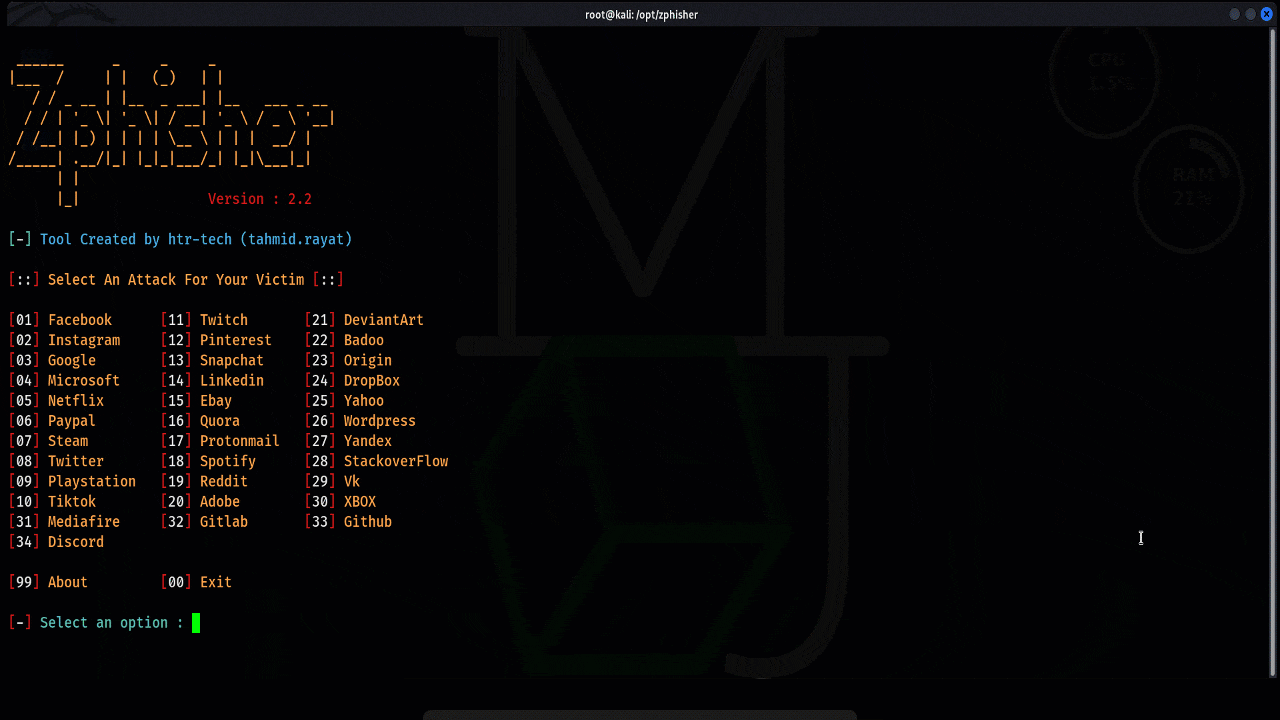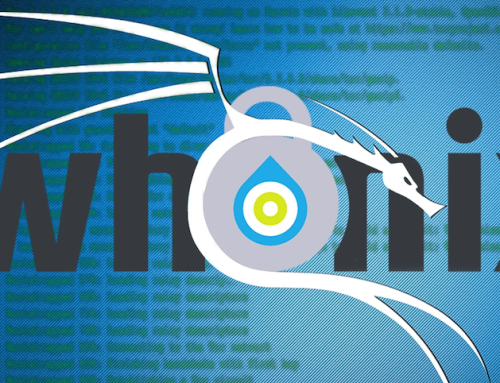Introduction to Phishing Attacks
Phishing attacks have quickly become one of the most prevalent and dangerous threats in cybersecurity. These attacks often exploit human vulnerabilities, using deceptive tactics to extract sensitive data or unauthorized access to systems. The consequences? Financial loss, identity theft, and reputational damage on a global scale.
Among the many tools used in phishing schemes, one stands out for its notoriety and dual-purpose nature—Zphisher, an open-source phishing framework. Understanding tools like Zphisher and the ways they’re misused or ethically utilized can help IT professionals and cybersecurity enthusiasts defend against these tactics.
Zphisher Unveiled
Zphisher is a powerful and open-source tool made to replicate the login pages of popular websites like Facebook, Instagram, Gmail, and more. By automating the setup process, it simplifies the creation of convincing phishing pages that can lure unsuspecting users into providing credentials.
While Zphisher’s extreme ease-of-use makes it dangerous in the wrong hands, it also fulfills a valuable role in cybersecurity research, education, and ethical hacking. Understanding how it works is the first step in developing defenses against such tools.
The Dual Nature of Zphisher
Zphisher is a classic example of a double-edged sword in cybersecurity. Here’s why:
- Ethical Use:
- Zphisher is often used by ethical hackers and cybersecurity professionals for penetration testing and security training.
- It helps organizations identify how phishing attempts exploit users, enabling better defenses.
- When used responsibly, it’s an educational tool for understanding attack methodologies.
- Malicious Use:
- Attackers can use Zphisher to impersonate well-known sites, often with minimal effort, tricking victims into revealing sensitive information.
- The widespread accessibility of the tool lowers the barrier for entry, making it appealing to bad actors.
It’s this dual purpose that emphasizes the importance of promoting ethical use and preventing malicious exploitation.
Vulnerabilities Highlighted by Tools Like Zphisher
Phishing attacks continue to evolve, employing increasingly sophisticated tactics. Tools such as Zphisher reveal these vulnerabilities in alarming ways. Here are some key insights:
- Realistic Website Mimicry:
Using tools like Zphisher, attackers can create phishing pages that look nearly identical to legitimate websites. Subtle differences like domain names or unencrypted connections are often missed by users.
- Trust-Based Exploitation:
Emails designed to impersonate communication from trusted institutions, such as banks or government services, often redirect victims to phishing pages managed by frameworks like Zphisher.
- Global Impact:
Phishing is a leading method for breaching security globally. It accounts for over one-third of data breaches worldwide—a statistic that reinforces the need for advanced defense strategies.
The Global Impact of Phishing
Phishing attacks have far-reaching consequences, from small-scale scams to corporate-level breaches. Here are some data points to consider:
- Financial Damage – Costs attributed to phishing attacks are estimated to exceed $17,700 per minute globally.
- Identity Theft – Cybercriminals often resell stolen credentials or leverage them for further attacks.
- Reputational Risk – Organizations that fall victim to phishing see a loss in consumer trust, which can take years to rebuild.
These statistics underline the mission-critical need for organizations to stay ahead of phishing risks.
Responsible Use and Defense Against Phishing
To combat phishing effectively, organizations and professionals must adopt a combination of proactive strategies and responsible tool usage. Here’s how you can take action:
1. Education and Training
Provide regular phishing awareness sessions for employees. Many phishing attacks are successful because of human error. Share examples of recent phishing approaches to ensure your team stays updated.
2. Enable Two-Factor Authentication (2FA)
Attackers stealing credentials won’t succeed if additional verification layers, like 2FA, are in place.
3. Adopt Anti-Phishing Solutions
Invest in tools that automatically filter and block phishing emails. Advanced email security tools can detect malicious patterns and URLs before they reach inboxes.
4. Verify URLs
Encourage users to always double-check URLs before entering sensitive information. The presence of “https” or a secure padlock icon can help validate a website’s authenticity.
5. Reporting Mechanisms
Make it easy for users and employees to report phishing attempts. Early detection and reporting can prevent major issues.
6. Perform Controlled Penetration Testing
Ethical hackers can use tools like Zphisher in a controlled setting to simulate phishing attacks. This allows organizations to identify and patch vulnerabilities before malicious actors exploit them.
The Role of Ethical Tool Usage
It’s critical to emphasize that tools like Zphisher are not inherently malicious. Their value in teaching cybersecurity professionals how to identify and mitigate phishing threats cannot be overstated. That said, misuse is illegal, unethical, and can significantly harm individuals and organizations.
By adhering to ethical boundaries, security professionals can leverage tools like Zphisher to strengthen vulnerabilities and bolster defenses, further advancing the cybersecurity field.
Final Thoughts
Phishing attacks represent one of the greatest challenges in today’s cybersecurity landscape. Zphisher, as a tool, embodies both the risks and opportunities present within this space. While it demonstrates how phishing can exploit trust and human error, it also opens a door to better education and improved defenses.




